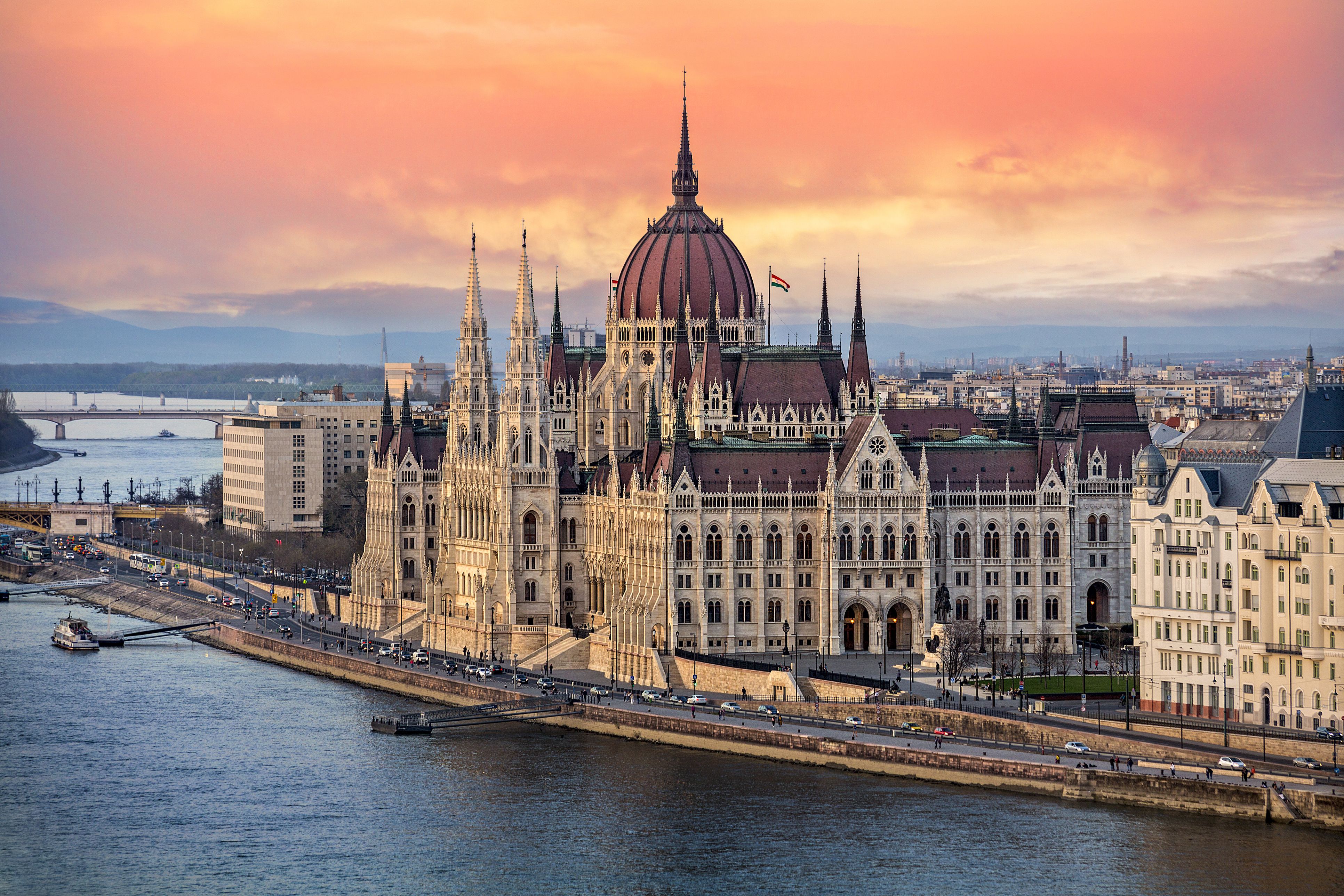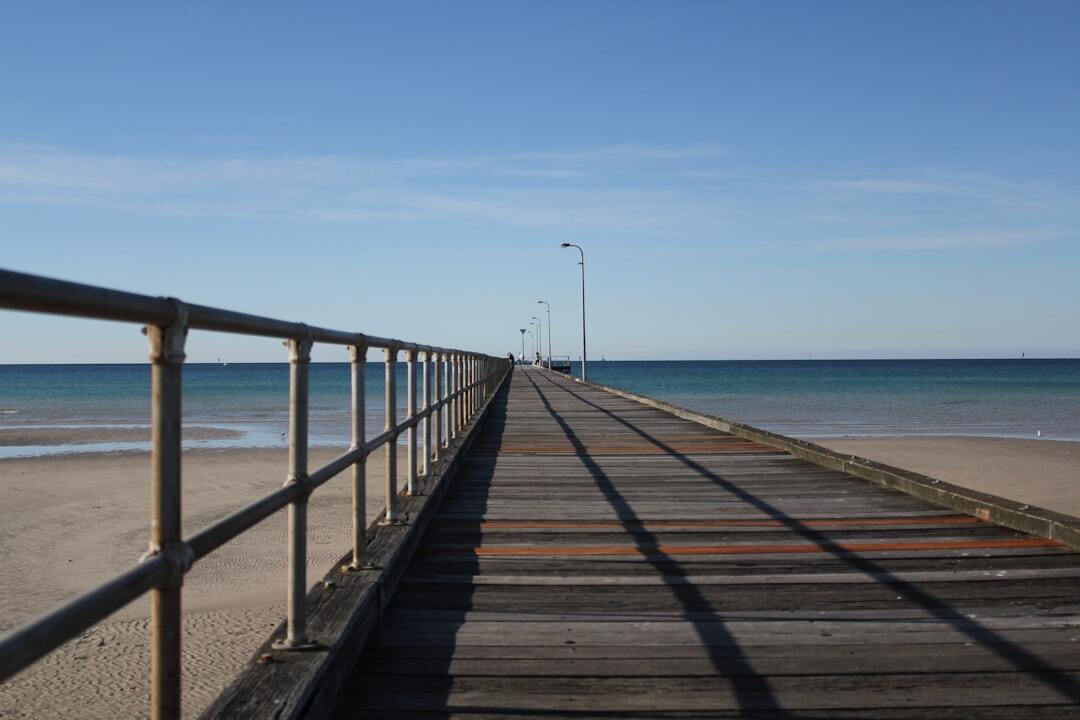Hungary is a captivating Central European country that blends old-world charm with modern vibrancy. From the stunning architecture of Budapest to the tranquil lakes and rolling hills of the countryside, Hungary’s tourist attractions offer something for every traveller. Here’s an insider’s guide to the 12 best places to visit in Hungary, complete with top experiences and practical tips.
Buy International Roaming Pack
1. Budapest: A Tale of Two Cities
Hungary’s capital, Budapest, is actually two cities in one – Buda and Pest, separated by the Danube River. Key highlights include:
-
Buda Castle: Perched on Castle Hill, this sprawling complex houses museums, churches, and panoramic viewpoints. Don’t miss the changing of the guard ceremony.
-
Hungarian Parliament Building: This neo-Gothic marvel is the third largest parliament building in the world. Book a guided tour to marvel at the opulent interiors.
-
Széchenyi Thermal Baths: Soak in the warm, mineral-rich waters of Europe’s largest medicinal bath. With indoor and outdoor pools, saunas, and massages, it’s the perfect place to unwind.
|
Attraction |
Ticket Price (HUF) |
Opening Hours |
|---|---|---|
|
Buda Castle |
2,400 |
10 am-6 pm |
|
Parliament Tours |
6,700 |
8 am-4 pm |
|
Széchenyi Baths |
6,800 |
6 am-10 pm |
2. Eger: Wine and History
Nestled in the Bükk Mountains, Eger is famous for its well-preserved baroque architecture, thermal baths, and the robust red wines of the surrounding Valley of the Beautiful Women. Key things to do:
-
Visit Eger Castle, the site of a major victory against the Ottoman Empire in 1552.
-
Relax in the Eger Thermal Bath, fed by natural hot springs.
-
Sample Egri Bikavér (Bull’s Blood), the region’s iconic red wine blend, at a local cellar.
3. Lake Balaton: The Hungarian Sea
Central Europe’s largest lake, Balaton is a popular summer getaway for locals and tourists alike. Along its 197 km shoreline, you’ll find:
-
Sandy and grassy beaches are perfect for swimming, sunbathing, and water sports.
-
Charming resort towns like Siófok, Balatonfüred, and Tihany.
-
The Balaton Uplands National Park is home to hiking trails, volcanic hills, and protected wildlife.
4. Pécs: A Cultural Gem
Located in southern Hungary, Pécs is known for its rich multicultural heritage, with influences from the Romans, Ottomans, and Habsburgs. Key places to see in Hungary’s fifth-largest city:
-
Széchenyi Square: The heart of the city, surrounded by beautiful neo-Renaissance buildings.
-
Mosque of Pasha Qasim: A remnant of Ottoman rule, now functioning as a Catholic church.
-
Zsolnay Cultural Quarter: Dedicated to the famous Zsolnay porcelain, with museums, workshops, and stunning Art Nouveau architecture.
5. Hortobágy National Park: The Great Hungarian Plain
A UNESCO World Heritage Site, Hortobágy is Europe’s largest grassland, offering a glimpse into traditional Hungarian pastoral life. Highlights include:
-
Watching the Puszta horse shows, featuring skilled riders and their Nonius horses.
-
Spotting rare birds like the great bustard, white-tailed eagle, and red-footed falcon.
-
Staying in a traditional csárda (inn) and tasting authentic goulash.
6. Szentendre: An Artist’s Haven
Just a short train or boat ride from Budapest, Szentendre is a picturesque town known for its art galleries, museums, and Baroque architecture. Must-visits include:
-
Main Square: Lined with colourful houses, quaint cafes, and souvenir shops.
-
Szabo Marzipan Museum: Displaying intricate marzipan sculptures and offering hands-on workshops.
-
Skanzen Open-Air Museum: A sprawling complex showcasing traditional Hungarian village life.
7. Hollókő: A Living Village Museum
Hollókő is a charming village that has preserved its traditional rural architecture and way of life. Key experiences:
-
Strolling the cobblestone streets lined with whitewashed houses and red-tiled roofs.
-
Visiting the Hollókő Castle ruins for panoramic views of the Cserhát Mountains.
-
Attending the Easter Festival to see villagers in colourful folk costumes and sample local delicacies.
8. Aggtelek National Park: A Subterranean Wonderland
Home to the largest stalactite cave system in Europe, Aggtelek is a must-visit for nature lovers and adventure seekers. Highlights:
-
Exploring the Baradla Cave, a 25-km-long labyrinth of caverns, tunnels, and underground rivers.
-
Hiking or biking the park’s scenic trails, passing through forests, meadows, and karst formations.
-
Joining a guided night walk to spot rare bat species and hear the eerie sounds of the caves.
9. Sopron: The Jewel Box of Hungary
Situated along the Austrian border, Sopron is a lovely town known for its well-preserved medieval architecture and excellent wines. Key things to do:
-
Climbing the Fire Tower for 360-degree views of the town and surrounding countryside.
-
Exploring the Storno House — a museum showcasing the life of a wealthy merchant family in the 17th-19th centuries.
-
Visiting local wineries to taste the famous Kékfrankos (Blue Frankish) red wine.
10. Visegrád: A Medieval Fortress Town
Perched on a bend in the Danube River, Visegrád was once the royal seat of Hungary. Today, it’s a popular day trip from Budapest, offering:
-
The Visegrád Citadel — a 13th-century hilltop fortress with stunning river views.
-
The Royal Palace — a Renaissance-style complex housing museums and gardens.
-
Scenic hikes in the Danube-Ipoly National Park, home to lush forests and rare plant species.
11. Debrecen: The Calvinist Rome
Hungary’s second-largest city, Debrecen is known for its strong Protestant heritage, vibrant cultural scene, and nearby natural attractions. Highlights include:
-
The Great Reformed Church — a symbol of the city’s Calvinist roots.
-
The Déri Museum, with collections spanning archaeology, ethnography, and fine arts.
-
The Hortobágy National Park, just a short drive away, offering horse shows, bird-watching, and stargazing.
12. Győr: The City of Rivers
Located at the confluence of the Danube, Rába, and Rábca rivers, Győr is a charming city with a rich history and a thriving arts scene. Key attractions:
-
The Győr National Theatre, hosts plays, concerts, and ballet performances.
-
The Győr Basilica — a stunning Baroque church with intricate frescoes and altarpieces.
-
The Esterházy Palace — a grand Rococo mansion turned art museum and event venue.
Tips for Visiting Hungary
-
Best time to visit: Spring (Apr-May) and Autumn (Sep-Oct) offer mild weather and fewer crowds. Summer (Jun-Aug) is peak season, with warm temperatures and lively festivals. Winter (Nov-Mar) can be cold but offers unique experiences like Christmas markets and ice skating.
-
Getting around: Hungary has a well-developed public transportation system, with trains and buses connecting major cities and towns. In Budapest, the metro, trams, and buses are efficient and affordable. Renting a car can be a good option for exploring rural areas at your own pace.
-
Language: Hungarian (Magyar) is the official language, but English is widely spoken in tourist areas. Learning a few basic phrases like “köszönöm” (thank you) and “szia” (hello) can go a long way in building rapport with locals.
-
Currency: Hungary uses the Hungarian Forint (HUF). Some places do accept Euros, while ATMs are widely available in cities and larger towns.
-
Staying connected: Having a reliable data plan is essential for navigating, booking tickets, and staying in touch. Airtel’s postpaid international roaming plans offer affordable data packages for Hungary, with coverage across major cities and towns.
Hungary offers a wealth of experiences for every type of traveller, from history buffs and nature lovers to foodies and wine enthusiasts. With its stunning architecture, vibrant culture, and warm hospitality, it’s no wonder that Hungary is one of Europe’s most beloved destinations.



